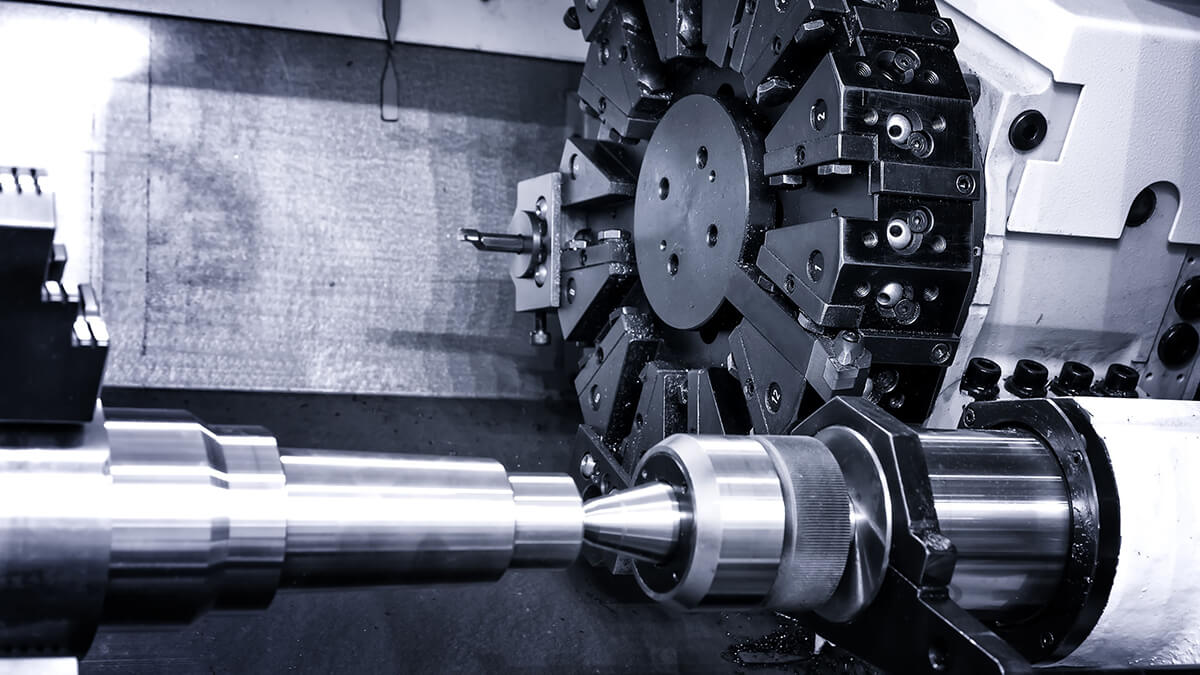Generally used for cold processing and a part of the machine used for hot processing can be called press.
What are punches and presses?
This machine has a frame, which is equipped with a bed, ram moving equipment, a mechanism that drives the movement of the stamping column, and dies and punches designed for a certain stamping work. Among them, dies and punches are the tools needed to complete the shaping, ironing, punching, lowering, slotting and other work projects.
Although the design of the press has its own characteristics, the same design certainly has its own suitable work. However, as long as dies and punches are properly designed, the general standard press can be used for various shaping, punching and shearing work, that is to say, a machine can be used for multiple purposes, and can meet the needs of small manufacturing.
Press Type
-
What types of punches and presses are there?
For an inclined press, there is a gap in front of the frame, and the position of the large bolt at the rear of the base can be tilted backward. As for the purpose of tilting the rack, it is to assist the output or removal of the washed or scrapped pieces. This type of machine is suitable for blanking, bending, punching, and work of small parts in general.
-
Gap Press
Gap press's frame looks like the letter C. This structure has no shielding on the left and right sides of the mold and can have a larger working area.
-
Arch Press
The arch press is named according to the shape of the frame. It is wider in the part near the bed surface and can be placed with a larger plate. The top is narrower to avoid the crank being too long. This machine is suitable for work with small size and large areas, such as shearing, bending, and trimming.
-
Horn Press
The workplace of the horn press is located on the thick round shaft protruding from the frame, rather than the bed of the general machine; of course, such a machine can also have a bed, but this bed is movable and can "horn" is used interchangeably to meet the needs of changing work, such as hemming, flange chuck, piercing, riveting and embossing.
-
Straight-Side Press
Straight-Side Press's two side frames are linear and can withstand large loads. They can use the same source and operation mode. The smaller ones are mostly single cranks or eccentric shafts. The crank and eccentric shaft used will increase. The large straight-edge closed-type double-action toggle press, whose pressure is added to the moving parts by four positions, can be used for large-area work objects, and the pressing work of the steam cover can be completed in one process.
-
Knuckle Joint Press
Knuckle joint press is mainly used for embossing, size correction, and thick plate embossing. The slider is driven by the knuckle joint mechanism. The knuckle is composed of upper and lower connecting rods. The upper end of the upper connecting rod is fixed by the wrist pin. On the frame of the machine, the lower end is connected to the upper wrist pin of the lower connecting rod, and the lower end of the lower connecting rod is connected with the slider pin and slider. Among them, in addition to joint two connecting rods, the wrist pin also has a connecting rod of a horizontal device, which is driven by a crank to move horizontally.
-
Brake Press
Brake Press is mainly used for sheet bending, forming, folding, embossing, cutting, and punching of sheets. The plate press uses the punching card control, which can automatically form, punch, and break the steel sheet.
-
Squaring Shears
Squaring shears are mainly used as steel plate shears, there are manual type and power type. During operation, first, send the work to the appropriate position so that the cutting line is just below the scissors opening. When the foot pedal is pressed, the pressure column is lowered to press the work object. After the belt is pressed, the scissors will fall, from one side to the other, so that the width of the spanning plate is completely cut off.
-
Turret Press
This kind of machine is especially suitable for punching holes with various sizes and shapes on the metal plates. It has a turret, and the turret is equipped with a dry group punch and die, which can be selected on the rotating tower as needed. When the punch goes down, there is a model guide to correct it.
-
Hydraulic Press
The hydraulic press has a longer process than the mechanical press and can produce the maximum pressure tonnage at any position in the whole process. Due to its slow and uniform movement, it is particularly suitable for the extension work of the plate depression. Besides, It is also particularly suitable for occasions requiring high pressure, such as powder metallurgy, extrusion, lamination, plastic molding, and pressure forging, but it is suitable for punching and shearing thick plates.
-
Transfer Press
The Transfer Press is fully automatic, which can complete all kinds of continuous operations of products at the same time. The material can be a long or strip-shaped plate, which is fed into the machine through several sets of rollers, or it can be a small piece of the finished product that has been sheared or punched and supplied through a vertical pipe.
-
Fourside Press
Fourslide Press refers to the structure of four movable blocks that can be equipped with punches, each with a positioning device at 90 ° intervals, and each is controlled by a cam and its connected mechanism to perform a cyclic action in the sequence. These four sliders can be equipped with the same tools.







.png)






